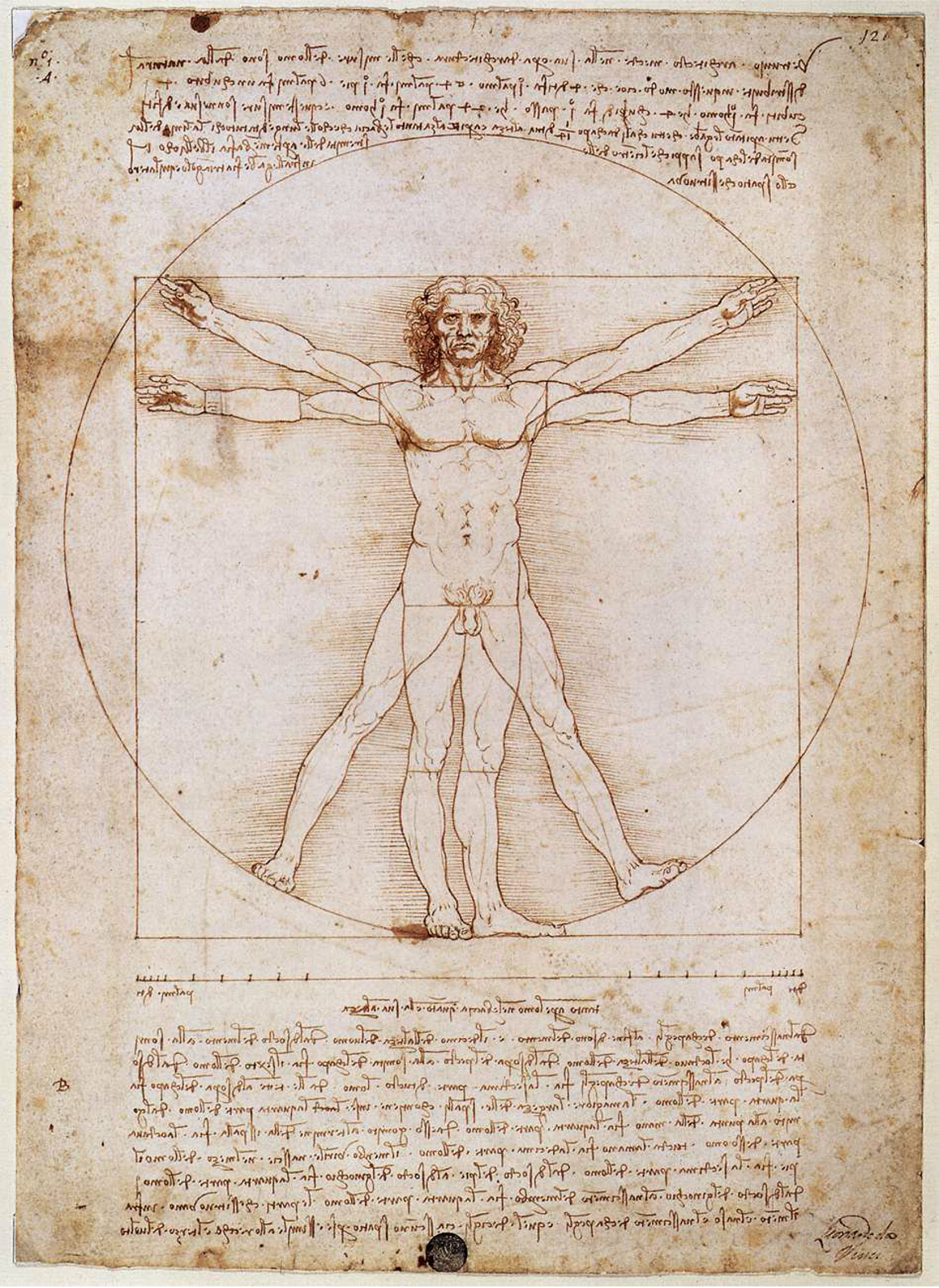
LEONARDO da Vinci
Vitruvian Man
1492
Pen, ink,
watercolour and metalpoint on paper
34.3 x 24.5 cm
Gallerie de l’Accademia, Venice

Robert Delaunay
Formes circulaires, Soleil n° 2
1912 – 1913
Peinture à la colle sur toile
100 x 68,5 cm
Musée National d’Art Moderne, Paris